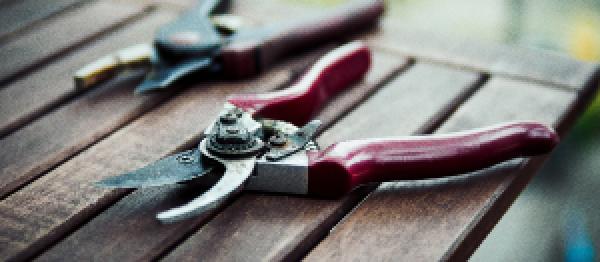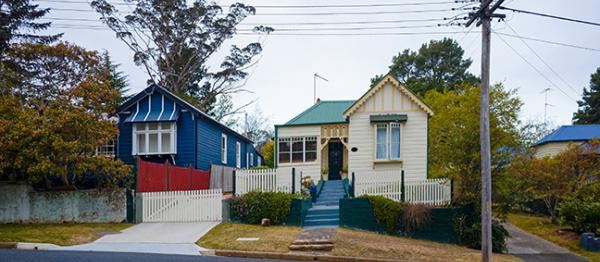27 October 2021
5 ways to prepare for bushfire season
Don’t wait until summer, plan and be prepared for bushfire season.

With our weather patterns becoming hotter and drier, it’s not surprising the fire danger period in many parts of Australia now begins in spring.
If you live in a bushfire-prone region, preparation is something to keep in mind all year round, as leaving it until summer could see you at risk of being caught underprepared.
Ultimately, in the event of a bushfire, don’t risk your life. Getting yourself and your family away from the threat is the safest option. Don’t wait until you see smoke to leave. Listen to the advice of your local fire authority and follow it closely.
These five tips are designed to help you do what you can to prepare for bushfire season and give your home its best chance of survival.
1. Gather your fire safety information
Well before fire season, visit your state fire authority’s website (state by state details below) or call them to get all the information you need to be fire ready. Most have a comprehensive checklist that you can print out and keep somewhere it can be seen and referred to easily. Familiarise yourself with the website and connect on their social media channels.
Several states also have a mobile phone app that you can download. Also know where to find your emergency broadcaster, such as the local ABC radio channel.
2. Stay informed during fire season
Once fire season begins, make a habit of checking your local fire danger ratings and understand how they might impact you and your family.
Know what your local weather district is so you can access the most relevant and up-to-date forecasts, alerts and warnings. Armed with the latest information, you’ll be better placed to make a good, early decision if you need to.
3. Plan your strategy
Before fire season starts, make a decision about which fire danger rating will be your trigger to leave and whether you’ll go the night before or in the morning. Most state emergency and fire service websites also have a helpful tool that you can use to put together a fire plan in advance, such as My Bushfire Plan, as recommended by WA Fire and Emergency Services.
Have a number of routes planned so that you have options in case there's already a fire in the area. Make sure the entire family has discussed plans for leaving, including what to take, what to do with pets or livestock and what will happen if you can’t leave. Also consider the mobility needs of any elderly or frail family members who may take extra time to move if you need to evacuate.
Have an emergency kit ready to go that includes important documents, medications, protective clothing, a woollen blanket, phone charger and a battery-powered radio and torch, along with spare batteries.
4. Prepare your home
Making sure your house is ready for a fire can increase its chance of survival.
These small jobs can be done anytime throughout the year, but will see you well prepared should you find yourself facing a bushfire.
-
Install metal mesh screens on windows and doors.
-
Fit seals around doors and windows to eliminate gaps.
-
Have an electrical safety switch and only use recommended rating fuses.
-
Have a non-combustible doormat.
-
Enclose the areas under your house.
-
Keep potential fuel sources such as woodpiles, outdoor furniture, paint and combustible chemicals well away from the house.
5. Prepare your property
Again, preparation can be part of your year-round maintenance, but these do require more diligence in the months leading up to and during bushfire season.
-
Prune any overhanging branches within 10 metres of the house and keep the lawn mown to under 10 centimetres. Replace flammable mulch in the garden with rocks or pebbles.
-
Cut back any shrubs near or under windows and tidy the garden of any dry grass, leaves, twigs and loose bark.
-
Clear your gutters and drains of any leaf litter that may ignite from falling embers. Install metal gutter guards to keep them clear.
-
If you have LPG gas bottles, turn the valves to point away from the house.
-
Have hoses long enough to reach around your house.
-
Check the condition of external walls and cladding and seal any gaps.
Sadly, sometimes even the best prepared property won’t make it through a bushfire. If you’re in NSW, ACT, TAS, QLD, NT, WA or SA, NRMA Home and Contents Insurance can provide peace of mind, knowing that if the worst should happen, you’re covered.
For more help and information, check with your local fire service:
New South Wales Rural Fire Service
Victorian Country Fire Authority
Queensland Fire and Emergency Services
South Australian Country Fire Service



